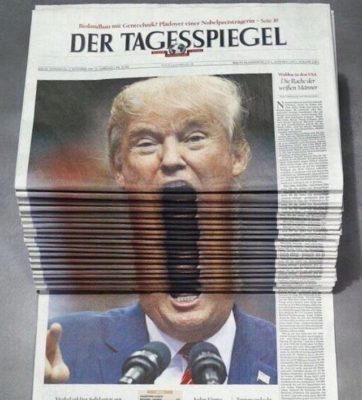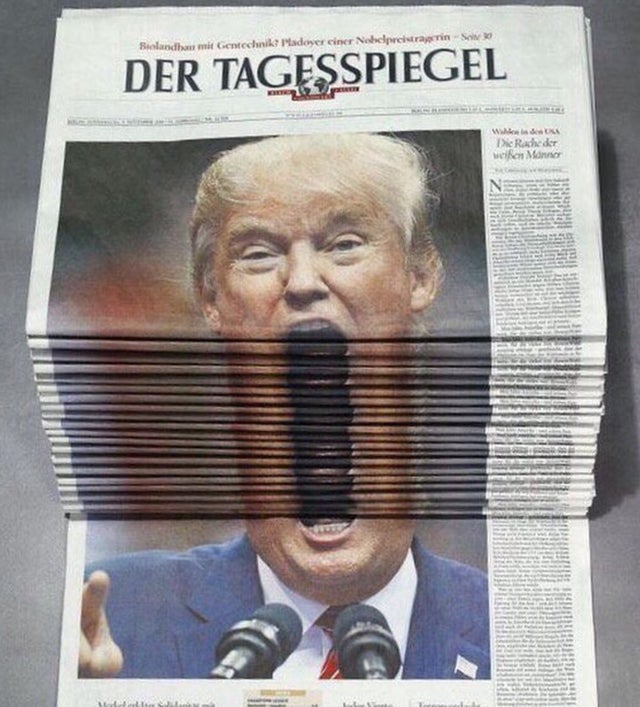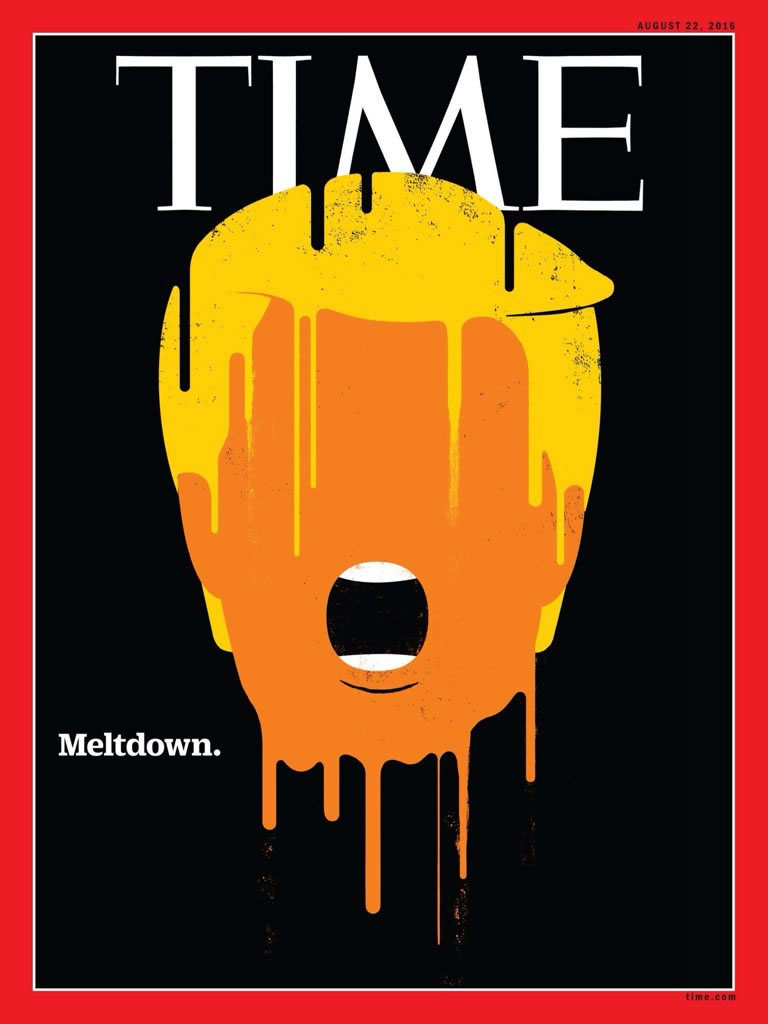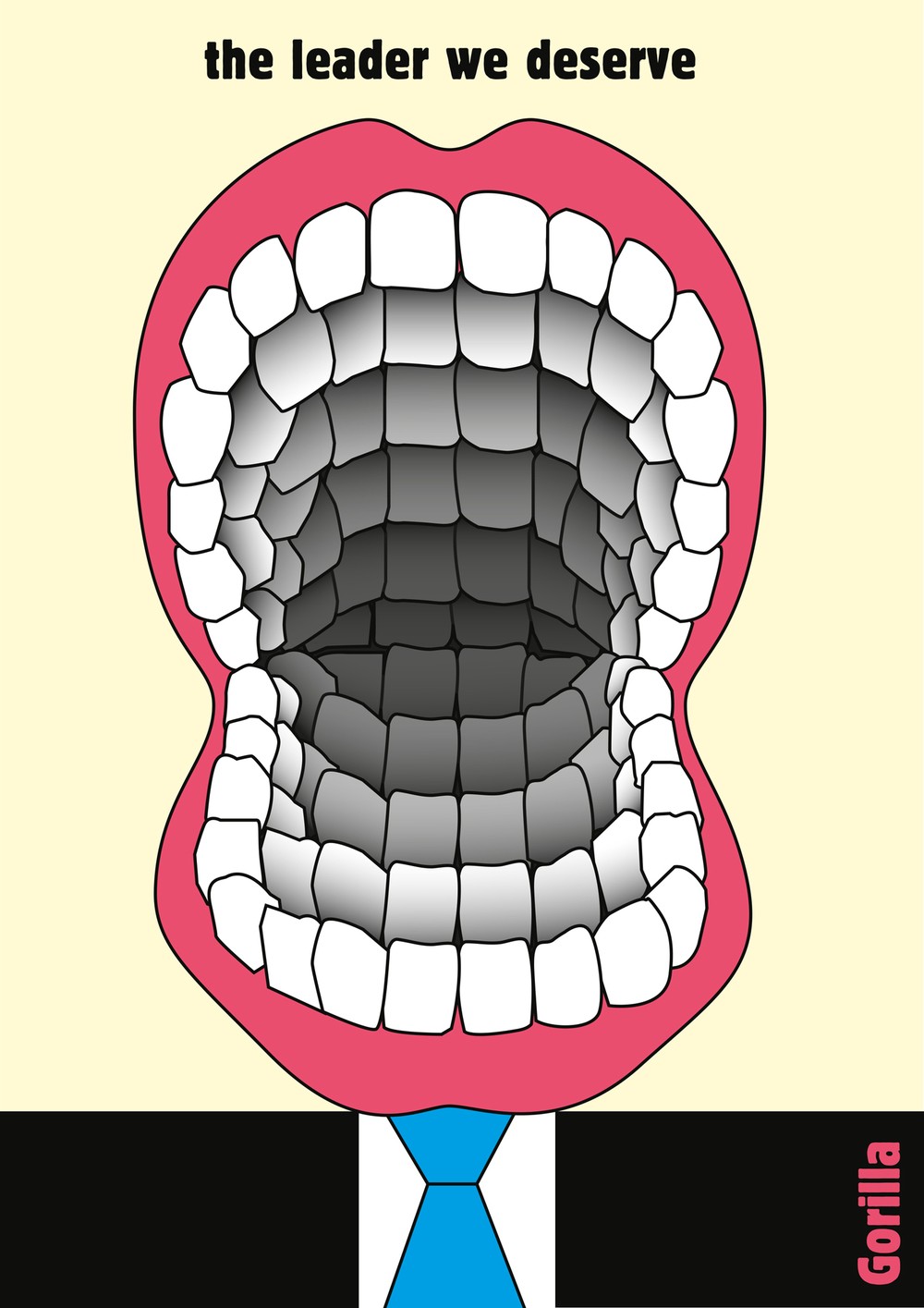Search
To search for an exact match, type the word or phrase you want in quotation marks.
A*DESK has been offering since 2002 contents about criticism and contemporary art. A*DESK has become consolidated thanks to all those who have believed in the project, all those who have followed us, debating, participating and collaborating. Many people have collaborated with A*DESK, and continue to do so. Their efforts, knowledge and belief in the project are what make it grow internationally. At A*DESK we have also generated work for over one hundred professionals in culture, from small collaborations with reviews and classes, to more prolonged and intense collaborations.
At A*DESK we believe in the need for free and universal access to culture and knowledge. We want to carry on being independent, remaining open to more ideas and opinions. If you believe in A*DESK, we need your backing to be able to continue. You can now participate in the project by supporting it. You can choose how much you want to contribute to the project.
You can decide how much you want to bring to the project.

Hear the words that come out of this mouth. See them, escaping, almost involuntarily, from its wet and mushy, touted lips. Feel them, as you are sucked in, and spit out again. From what unsavory depths do these words emerge? Literal gibberish, infantile logic, patent falsehoods, wild conspiracy theories: there is nothing that this mouth does not provide an abject passageway for. In analogy to that other bodily hole, it is constantly talking shit; and we are all enchanted by the sacred taboo that it seems to act as a portal for. As if all the locked up irrationality of the world came to be condensed in his person, like a ritual puppet freeing us from the responsibility of bearing it ourselves (it is this interpassivity that defines the relationship between the US and Europe, where the latter can only sustain its illusion of an “enlightened market” through the global police function of the US). I’m talking of course of the current US president, Donald J. Trump.
While considered a curse to the world by most, Trump has arguably been a blessing for cartoonists, comedians, late show hosts, and meme makers who have depicted him in a variety of satirical shapes. Figure 1 below for example shows a meme circulated on Reddit in 2018, depicting a pile of German newspapers stacked in such a way that it makes Trump’s mouth look gigantic and all-absorbing. Besides highlighting the grotesque character of the president’s appearance, the image also implies that the media amplify Trump’s voice and unintentionally act as his “mouthpiece”. The second example (fig. 2) is a 2016 cover of the German news magazine Der Spiegel that depicts Trump as a meteor whose mouth threatens to “devour” the earth. Finally, the third image (fig. 3) contains a 2016 Time Magazine cover of Trump, where the emphasis is also on the open mouth by erasing all other facial properties.
The aesthetic register that these images draw from partakes in what the cultural and literary scholar Mikhail Bakhtin in his famous book on Rabelais and the medieval carnival theorizes as the “bodily grotesque” and “carnivalesque”. Whereas in Bakhtin’s account, however, there is still a neat distinction between the official institutions of power and the popular festive practices that temporarily subvert those institutions by constructing a topsy-turvy play world, what happens if the carnival, in the shape of Trump, actually occupies the seat of power?

Figure 1. A meme found on Reddit depicting Trump’s gaping mouth. Source: https://www.reddit.com/r/photoshopbattles/comments/7rj990/psbattle_trump_screaming_in_a_stack_of_newspapers/.

Figure 2. Cover of the German news magazine Der Spiegel of Trump as a meteor “devouring” the earth (12 November 2016) Source: https://www.digitalartsonline.co.uk/features/illustration/17-hilarious-weird-donald-trump-artworks/.

Figure 3. Cover of Time magazine depicting Trump’s open mouth (22 August 2016). Source: https://time.com/5236647/donald-trump-stormy-time-cover/.
The progressive thrust of the carnival as espoused by Bakhtin has been already criticized from a variety of perspectives. He would, for example, neglect the oftentimes problematic (racist, anti-Semitic, populist) “subversions” of actual historical carnivals in Europe. More recently — as Angela Nagle has shown in the case of the Alt-right and its faux-ironic embrace of Trump in her book Kill All Normies (2017) — online trolls have relied on carnivalesque tactics of transgression to incite hatred and violence.
Another more structural criticism launched at Bakhtin’s utopian account of the carnival is that, paradoxically, the carnival reproduces and legitimizes the powers-that-be precisely by transgressing them, a critique known in its simplest form as the “release valve” theory. Finally, and this criticism is most relevant in the present context, it is argued that the carnival’s critical and subversive efficacy is undermined by the carnivalization of the official institutions themselves. In the context of global postmodern consumer culture that emerged in the second half of the 20th century, it has been claimed that the hedonistic practices of sexual and creative freedom embodied by the counterculture in the 1960s have been largely recuperated by late capitalism.
Entering into dialogue with the latter critique, this essay asks whether there remains any subversive force to the satirical depictions of Trump in the media, when the political leader in question already exploits his own grotesque appearance for reactionary populist ends by presenting himself as embodying the cynical truth of the untruth of the political system in the US. In her analysis of Trump’s political style and comparing it with Putin’s, Masha Gessen showed such a populist critique of hypocrisy to be a proto-fascist motif, arguing that ‘fascists the world over have gained popularity by calling forth the idea that the world is rotten to the core’[1] and that by doing so Trump ‘has licensed the obscenity of the unconscious’ (Rose).[2]
For me, the bodily grotesque rhetoric and carnivalesque significance of the gaping mouth in satirical depictions of Trump in the media are specifically of interest, showing how and why the trope of the gaping mouth often figures prominently in these depictions.
For Bakhtin, the mouth is a prominent carnival trope, as it takes in (consumes) as well as spits out (produces), and by doing so erases any rigid distinction between “inner” and “outer” that is indispensable to the “classical” aesthetic canon, as that to which the “bodily grotesque” of the carnival is opposed. The classical body (for example the well-rounded and ideal body of ancient Greek statues) arises from the abjection of the grotesque body. Bakhtin positions the face as belonging to the classical body, in opposition to the lower bodily stratum: ‘In carnival language the lower stratum (the ass) is “the back of the face”, “the face turned inside out”’.[3]
However, the opposition between classical and grotesque body also manifests within the face itself, as Bakhtin writes: ‘of all the features of the human face, the nose and mouth play the most important part in the grotesque image of the body’, whereas, conversely ‘the eyes have no part in [these] comic images; they express an individual, so to speak, self-sufficient human life, which is not essential to the grotesque’.[4] Contrary to the eyes, the nose reaches out to the world while the mouth, by taking things in, constantly transgresses the boundaries between “inner” and “outer” that uphold the idea of an autonomous self. Moreover, the mouth is ambivalent as the material vehicle of immaterial meaning that, when this fleshy materiality is emphasized (the lips, teeth, tongue, throat), calls attention to the bodily and affective basis of all communication.
Figure 4 below incorporates the bodily grotesque aesthetic Bakhtin ascribes to the carnival by depicting Trump’s head as a giant gaping mouth, with the caption “the leader we deserve”. Conversely, Figure 5 suggests that Trump can only be stopped by “shutting him up”, that is, by literally covering his mouth with duct tape.

Figure 4. A trump cartoon by Gorilla in De Groene Amsterdammer. Source: https://www.groene.nl/cartoonisten/gorilla/cartoons/the-leader-we-deserve

Figure 5. “The Trump tape we need”. Source: https://www.liveabout.com/donald-trump-cartoons-4069703
For Bakhtin and others, then, grotesque imagery — in its downward movement ‘into the depths of the human body’ (370) — signifies what the body, in the name of propriety and work, exorcizes, but what returns as an excess that haunts the subject by offering up the image of its own imperfection, as Julia Kristeva famously argues in her psychoanalytic account of the subject in Powers of Horror (1982). Applying this reading to American society as a whole, Trump would represent the excess of the political over technocratic governance, revealing the true face of US style global capitalism.
Trump, in this reading, is a modern-day Père Ubu (as in Alfred Jarry’s famous satire of his petty bourgeois high school teacher Ubu Roi), whose gluttony (constantly stuffing his mouth, throwing up, consuming the world and spitting it out again) is only matched by the stupidities that constantly escape from his mouth. But just as Père Ubu seems immune to his detractors’ all-too-reasonable criticisms, Trump’s cult status among his followers only seems to grow in proportion to liberal-elite outrage over his escapades. In commenting on the play “Ubu and the Truth Commission” (directed by William Kentridge and produced by the Handspring Puppet Company), the South-African playwright Jane Taylor writes:
“There is a particular kind of pleasure for an audience watching these infantile attacks. Part of the satisfaction arises from the fact that in the burlesque mode which Jarry invents, there is no place for consequence. While Ubu may be relentless in his political aspirations, and brutal in his personal relations, he apparently has no measurable effect upon those who inhabit the farcical world which he creates around himself.”[5]
Unfortunately, the world that Trump inhabits does not disappear when the curtains close: it is our world. And it is with this in mind that even the most (self)critical of satirical depictions of Trump tend not to undermine but rather remain complicit with Trump’s own reactionary style of carnivalesque rhetoric. Ultimately, the 2020 elections will show whether this strategy is proven successful once more, or whether a return to “normal”, Obama-style politics is imminent. In any case, due to the global Corona virus pandemic, a long period of Lent is probably on the horizon.
[1] Gessen, Masha. “In Praise of Hypocricy”. 2017. The New York Times. https://www.nytimes.com/2017/02/18/opinion/sunday/in-praise-of-hypocrisy.html.
[2] Rose, Jacqueline. 2016. “Donald Trump’s victory is a disaster for modern masculinity”. The Guardian. https://www.theguardian.com/commentisfree/2016/nov/15/trump-disaster-modern-masculinity-sexual-nostalgian-oppressive-men-women.
[3] Bakhtin, Mikhail. 1984. Rabelais and His World. Bloomington: Indiana University Press: p. 40
[4] Bakhtin, Mikhail. 1984. Rabelais and His World. Bloomington: Indiana University Press: p. 136.
[5] Taylor, Jane. Ubu and the Truth Commission. Cape Town: University of Cape Town Press, 2007: pp. iii-iv.

Daniël de Zeeuw is a lecturer in new media and digital culture at the University of Amsterdam. His research interests lie at the intersection of critical cultural and media theory and fringe online phenomena.
"A desk is a dangerous place from which to watch the world" (John Le Carré)